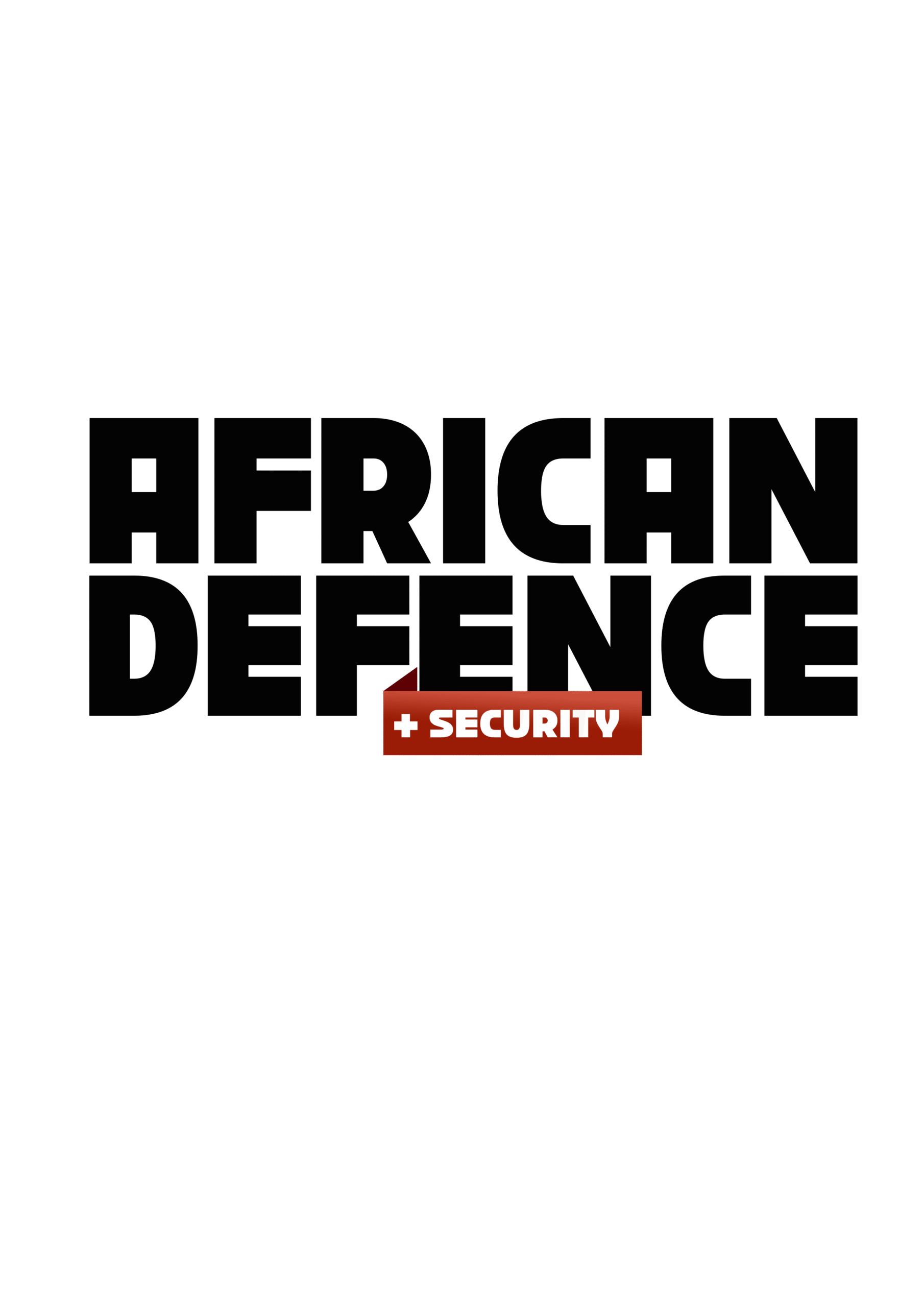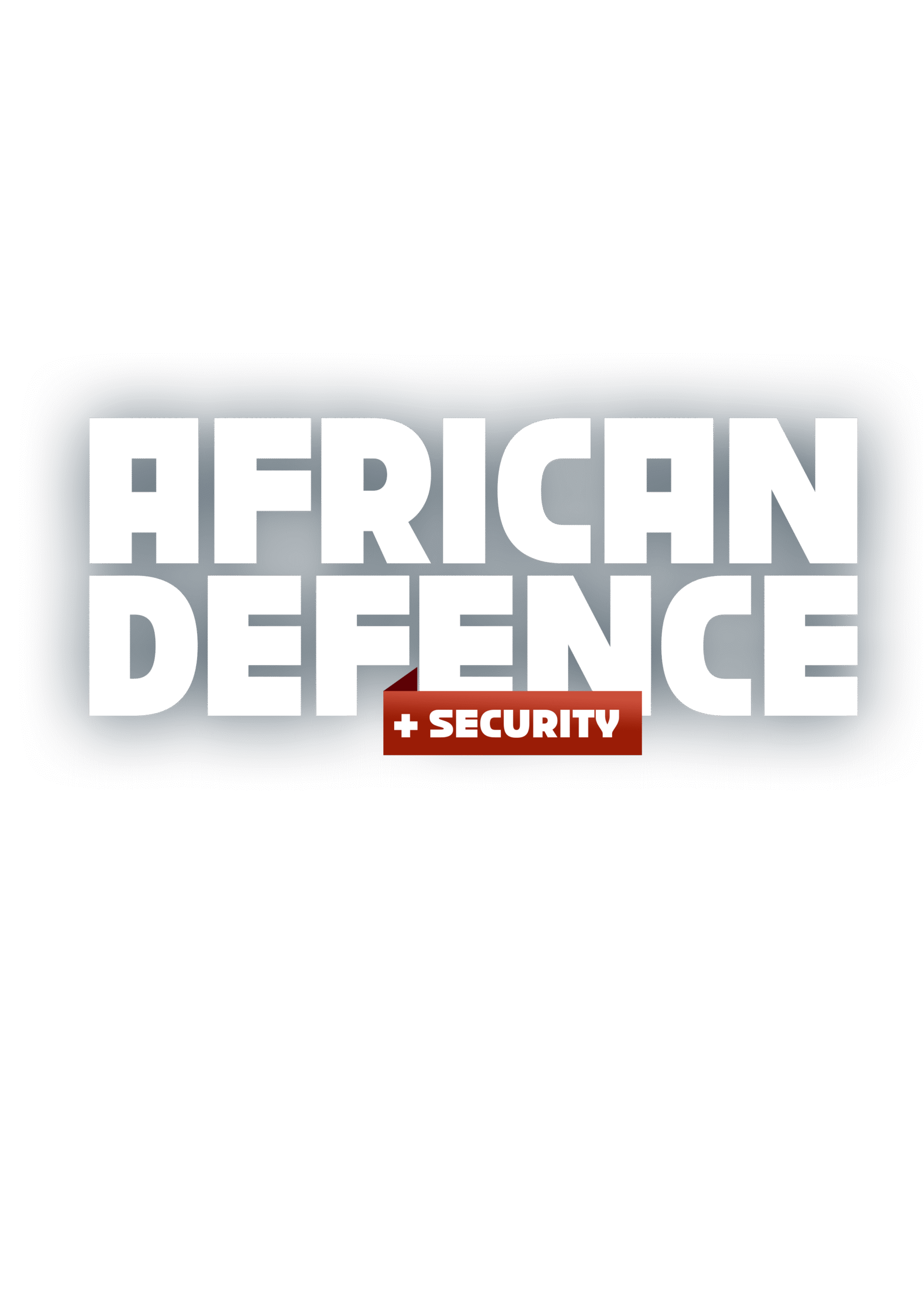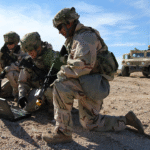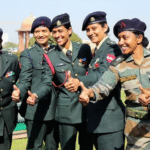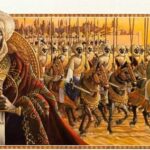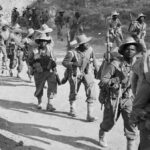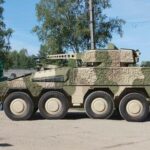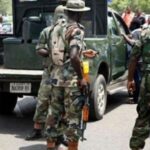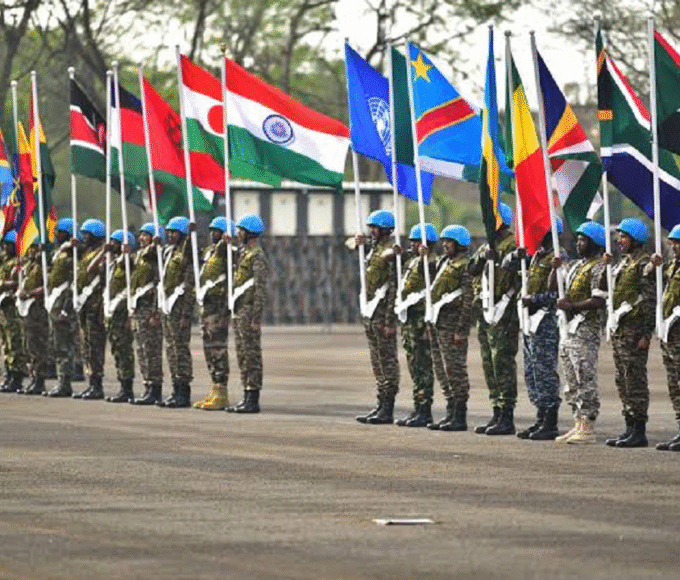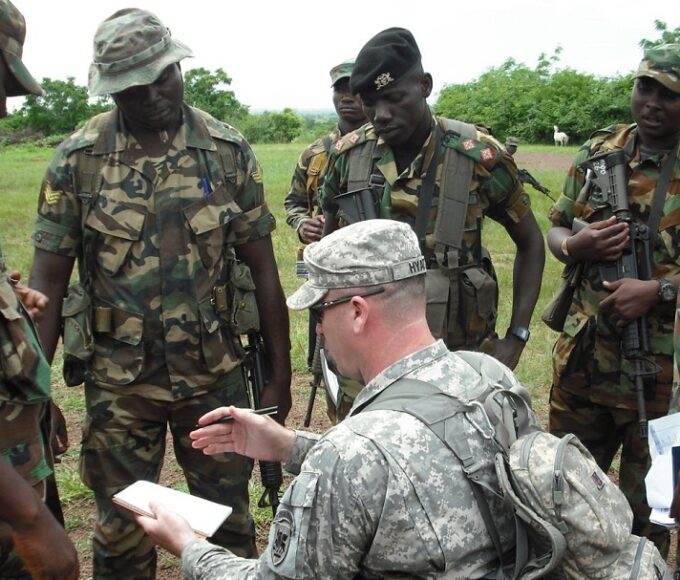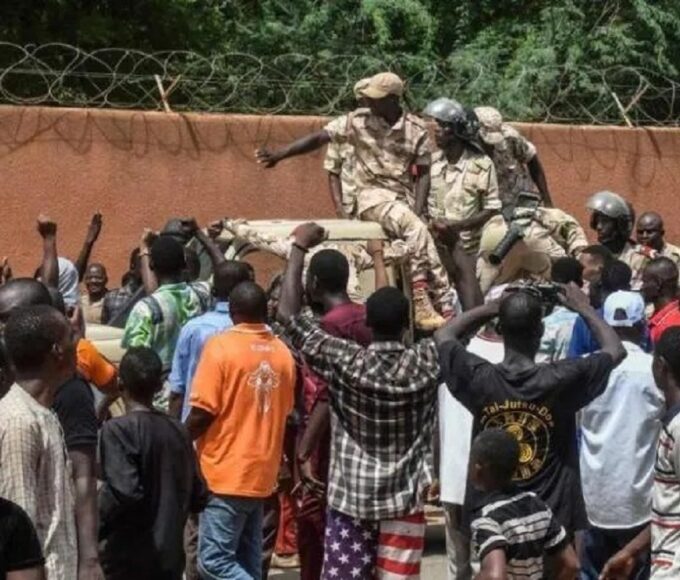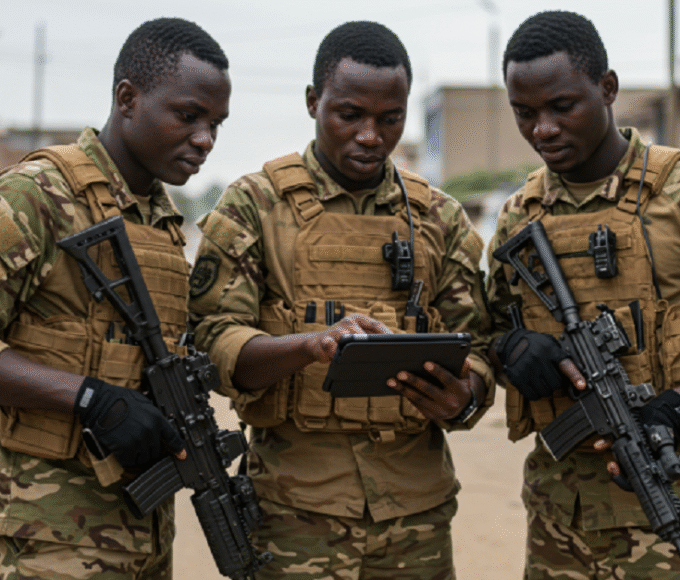The Cold War and African Armies: How Superpower Rivalries Shaped Today’s Forces
The Cold War's end in the early 1990s brought with it a funding cliff. Military aid dried up. Arms deliveries stopped. Doctrinal confusion set in.

When the guns of empire went silent across Africa in the 1950s and 60s, they were quickly replaced by new weapons, new uniforms—and new allegiances. The Cold War did not so much skip Africa as it redefined the continent’s military architecture. For nearly four decades, African armies became both pawns and players in the ideological standoff between the United States and the Soviet Union, reshaping command cultures, defence doctrines, and civil-military relations in ways that still reverberate today.
Behind every coup, every counter-insurgency campaign, and every civil war stood not just local ambition or grievance, but often the long shadow of Washington, Moscow, Beijing—or Havana.
Training Grounds of Ideology
In the immediate aftermath of independence, Africa’s nascent militaries were caught between competing visions of order and control. Western-aligned states like Kenya, Nigeria, and Côte d’Ivoire developed armies under the tutelage of British and French advisors, who emphasised conventional structure, rigid hierarchy, and internal security.
Meanwhile, in Algeria, Ethiopia, Angola, and Mozambique, Soviet-trained officers adopted doctrines steeped in Marxist-Leninist principles, people’s war, and the centrality of the army to revolutionary politics.
By the 1970s, more than 25,000 African officers had received training in Soviet military academies, while thousands more passed through U.S. IMET (International Military Education and Training) programmes.
“More than any single event, the Cold War militarised African independence,” says Dr. Ayo Adebayo, a defence historian at the University of Ghana. “It promised sovereignty, but delivered clientship.”
Arms Flows and Proxy Wars
Nowhere was Cold War competition more explosive than in the realm of arms transfers. According to Stockholm International Peace Research Institute (SIPRI) data, Africa received over $45 billion worth of military aid and sales between 1960 and 1990, most of it from Cold War powers.
- Angola’s MPLA received tanks, MiG fighters, and advisers from the USSR and Cuba—while UNITA rebels were backed by U.S. intelligence and South African commandos.
- Mozambique’s FRELIMO fielded Soviet rifles and Cuban doctrine against RENAMO, which was supported by apartheid South Africa.
- Somalia initially leaned toward the USSR before switching to the U.S. during the Ogaden War, illustrating the fluidity of Cold War loyalties.
The continent became a chessboard of conflicting arms and allegiances. From the jungles of Zaire to the mountains of Eritrea, African militaries fought what were, at their core, international wars dressed in local clothing.
Coups as Doctrine
Between 1960 and 1990, Africa witnessed over 80 successful or attempted military coups—many quietly encouraged or tolerated by Cold War patrons seeking pliable regimes.
- In Ghana (1966), the CIA was widely reported to have had prior knowledge of the overthrow of Kwame Nkrumah, who had grown too close to Moscow.
- In Ethiopia (1974), the Derg—a Marxist military junta—seized power and quickly aligned with the USSR, receiving arms, aircraft, and military advice.
- In Zaire (now DRC), Mobutu Sese Seko maintained U.S. support for three decades as a bulwark against communism, despite gross mismanagement and military decay.
Coup-proofing, military patronage, and secret police networks became standard features of Cold War-era African militaries. Political reliability often trumped professionalism.
Cuba’s Quiet Footprint
While the U.S. and USSR dominated the headlines, Cuba’s military role in Africa was profound and underappreciated.
At its height in the 1980s, over 50,000 Cuban troops were stationed in Angola alone. Cuba also deployed doctors, engineers, and trainers across Guinea-Bissau, Algeria, Ethiopia, and Namibia.
Cuban intervention helped defeat apartheid South African forces at the Battle of Cuito Cuanavale (1987–88), a decisive moment that influenced Namibia’s independence and accelerated talks to end white minority rule in South Africa.
For many African militaries trained by Cubans, the emphasis was on people’s defence, guerrilla tactics, and civil-military fusion—models still evident in countries like Angola and Zimbabwe.
Doctrine by Alignment
The Cold War left its imprint not just on weapons and uniforms, but on ideas.
- Soviet-trained officers often emphasised political commissars, centralised command, and strategic depth.
- U.S.-trained officers were taught joint operations, air-land battle, and counter-insurgency.
- Chinese doctrine (though less widespread) influenced Maoist liberation movements, particularly in Tanzania and southern Africa.
These influences remain today: Ethiopia still relies on Soviet-era logistics systems. Nigeria’s doctrine fuses British staff college models with American-style counter-terrorism. Algeria’s intelligence apparatus resembles Cold War Eastern bloc systems in structure and secrecy.
Transition and Trauma
The Cold War’s end in the early 1990s brought with it a funding cliff. Military aid dried up. Arms deliveries stopped. Doctrinal confusion set in.
African states had to reorient their militaries amid shrinking budgets, rising internal threats, and donor-driven demilitarisation. Structural Adjustment Programmes (SAPs) imposed by the IMF and World Bank slashed defence spending across the continent, leading to mutinies and declines in readiness.
Yet, ironically, this post-Cold War vacuum also opened the space for reform:
- In South Africa, a post-apartheid military integrated liberation fighters and former regime forces into a new national defence force.
- In Mozambique and Sierra Leone, demobilisation and reintegration programs helped forge more apolitical militaries.
- In Ghana, post-coup military reforms aligned with democratic governance, turning the armed forces into a pillar of stability.
The Legacy We Inherit
Today’s African militaries still reflect Cold War choices—whether in weapons systems, base structures, officer education, or geopolitical alignment. Russian equipment, American partnerships, Chinese training—these are not post-2000 phenomena but echoes of an earlier era.
As Africa navigates a new age of multipolarity—with Turkey, the Gulf states, and private military companies joining the fray—the Cold War provides a stark reminder: when African security becomes a proxy for outside powers, sovereignty is the first casualty.
Cold War Snapshot: African Military Legacy (1960–1990)
- Number of African countries with Soviet-trained officers: 30+
- Estimated African military coups linked to Cold War realignment: 50+
- Soviet and U.S. arms transfers to Africa (combined): Over $45 billion
- Cuban troops deployed in Africa: 55,000+ at peak
- Countries with enduring Soviet/Russian equipment: Algeria, Angola, Ethiopia, Sudan
- Countries with enduring Western military ties: Nigeria, Kenya, Côte d’Ivoire, Senegal
Recent Posts
Categories
- Air & Aerospace16
- Border Security15
- Civil Security4
- Civil Wars4
- Crisis5
- Cyber Security8
- Defense19
- Diplomacy19
- Entrepreneurship1
- Events5
- Global Security Watch6
- Industry8
- Land & Army8
- Leadership & Training5
- Military Aviation5
- Military History27
- Military Speeches1
- More1
- Naval & Maritime9
- Resources2
- Security12
- Special Forces1
- Systems And Technology9
- Tech6
- Uncategorized3
- UNSC1
- Veterans6
- Women in Defence9
Related Articles
INDIA’S GROWING MILITARY PARTNERSHIPS WITH AFRICA
India’s engagement with Africa is undergoing a quiet but powerful transformation. What...
ByKing Richard Igimoh, Group Editor ALOOctober 14, 2025EVOLVING HORIZONS: TRAINING THE AFRICAN SOLDIER IN A CHANGING LANDSCAPE
The training of African soldiers has undergone a profound transformation in recent...
ByKing Richard Igimoh, Group Editor ALOOctober 2, 2025COLD WAR AFRICA: PROXY WARS AND THEIR IMPACT
The Cold War in Africa, spanning from the late 1940s to the...
ByKing Richard Igimoh, Group Editor ALOSeptember 26, 2025AI AND AFRICA’S MILITARY INTELLIGENCE: PROMISE AND PERIL IN A TRANSFORMING SECURITY LANDSCAPE
Africa’s military landscape is entering a new chapter, shaped by the rapid...
ByKing Richard Igimoh, Group Editor ALOSeptember 22, 2025